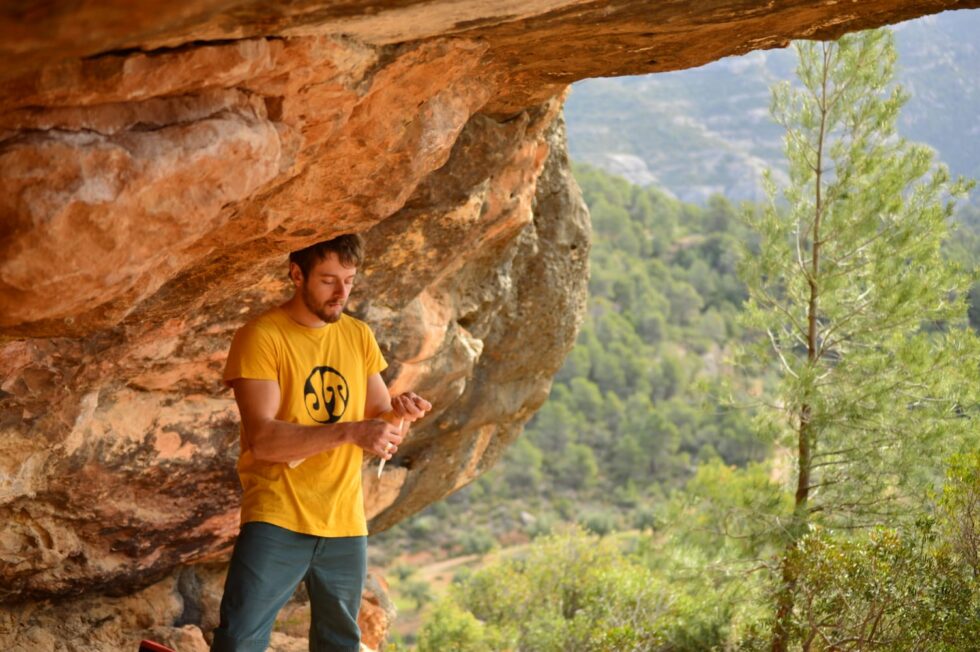
How to Avoid Climbing Injuries: Learning to Listen to Your Body

Climbing is my passion, my life. But it's also a tough, demanding sport that doesn't forgive mistakes. And if I've learned anything over the years, it's that your body always gives you warning. If you don't listen, it breaks.
I'm not writing this to give advice for the sake of it. I'm writing it because I've made every one of these mistakes firsthand. And if anyone can avoid them after reading this, it will be worth it.
The Mistake of Not Stopping in Time

The only times I've really injured myself have been from not stopping when I should have. And the last one was the worst.

I'd been feeling discomfort in my finger for a month. I knew something wasn't right, but I didn't want to stop. I saw others building strength, improving, and I didn't want to be left behind. Jealousy got the better of my common sense.
Until one day, in the middle of my block, I heard the pop. No one needed to tell me anything. I knew instantly I'd broken a pulley. And there I was, screwed, for not having stopped in time.
By not stopping for two weeks, I've been off the climb for three months. Watching everyone else enjoy themselves while I'm all alone to recover.
Warm Up Well: Not Optional
If there's one thing I'm clear about now, it's that a good warm-up saves you from many injuries. Before, I did it half-heartedly, in a hurry, thinking it wasn't that important. Until I realized that when I warmed up properly, I climbed better and without pain.
I now spend at least 15-20 minutes before each session:
- Mobility of wrists, elbows and shoulders.
- Exercises with elastic bands to activate the muscles before forcing them.
- Push-ups or some light cardio to warm up.
The difference is huge. Not only do you climb better, but your body will thank you for it in the long run.

Recovery: The Part We Always Ignore
We always think about training more, climbing more. But little is said about how important it is to rest well.

Since my injury, I've learned that massages and stretching after each session prevent many injuries. Something as simple as:
- Release tension with a foam roller, a ball, or your own hands.
- Stretch well after each session.
- Cold water or contrast showers to improve circulation.
If I had done this before, I probably wouldn't be writing this since recovery.
Strengthening Antagonists: Balance is Key
In climbing, we always use the same muscles, and if we don't work the opposite muscles, the body becomes unbalanced. That's where injuries begin.
Now in my routine there are no shortage of:
- Elastic bands to strengthen the extensors of the fingers, shoulders and triceps.
- Core and leg exercises to get your whole body working together.
Since I started doing this, I notice that I climb better and with less discomfort.

Conclusion: Listen to your Body
If I could go back in time, I would have listened to that pain in my finger sooner. I would have stopped. I would have rested for two weeks. And today I'd be climbing instead of recovering.
If I want one thing to be clear after reading this, it's: don't be stubborn like me. When something hurts, stop, recover, and come back stronger. The rock won't move, but if you get hurt, you will.
Climb hard, but with caution. See you on the rock.
If you want to improve your climbing, prevent injuries and train with a plan adapted to you, do not hesitate to contact us. Pol Roca .

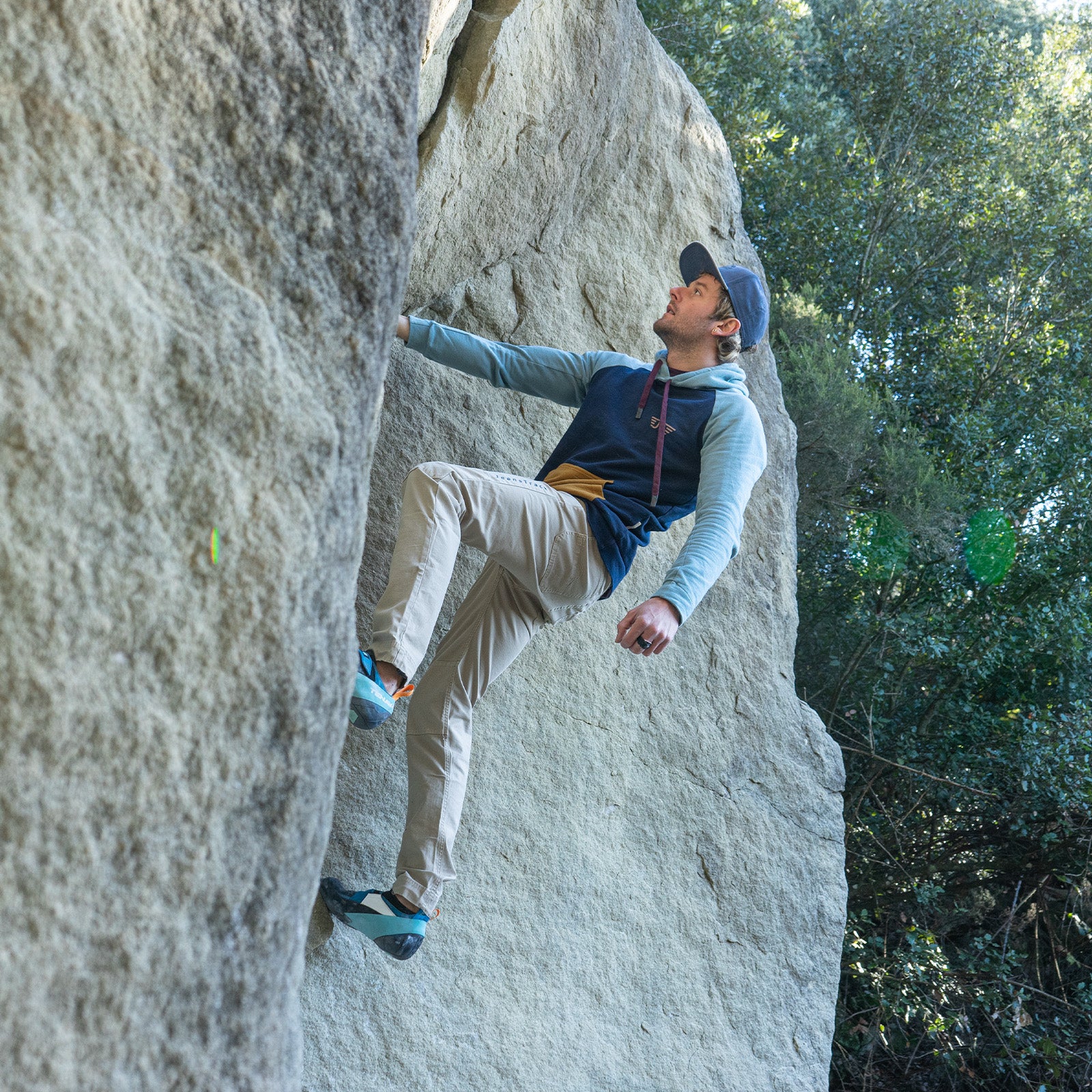
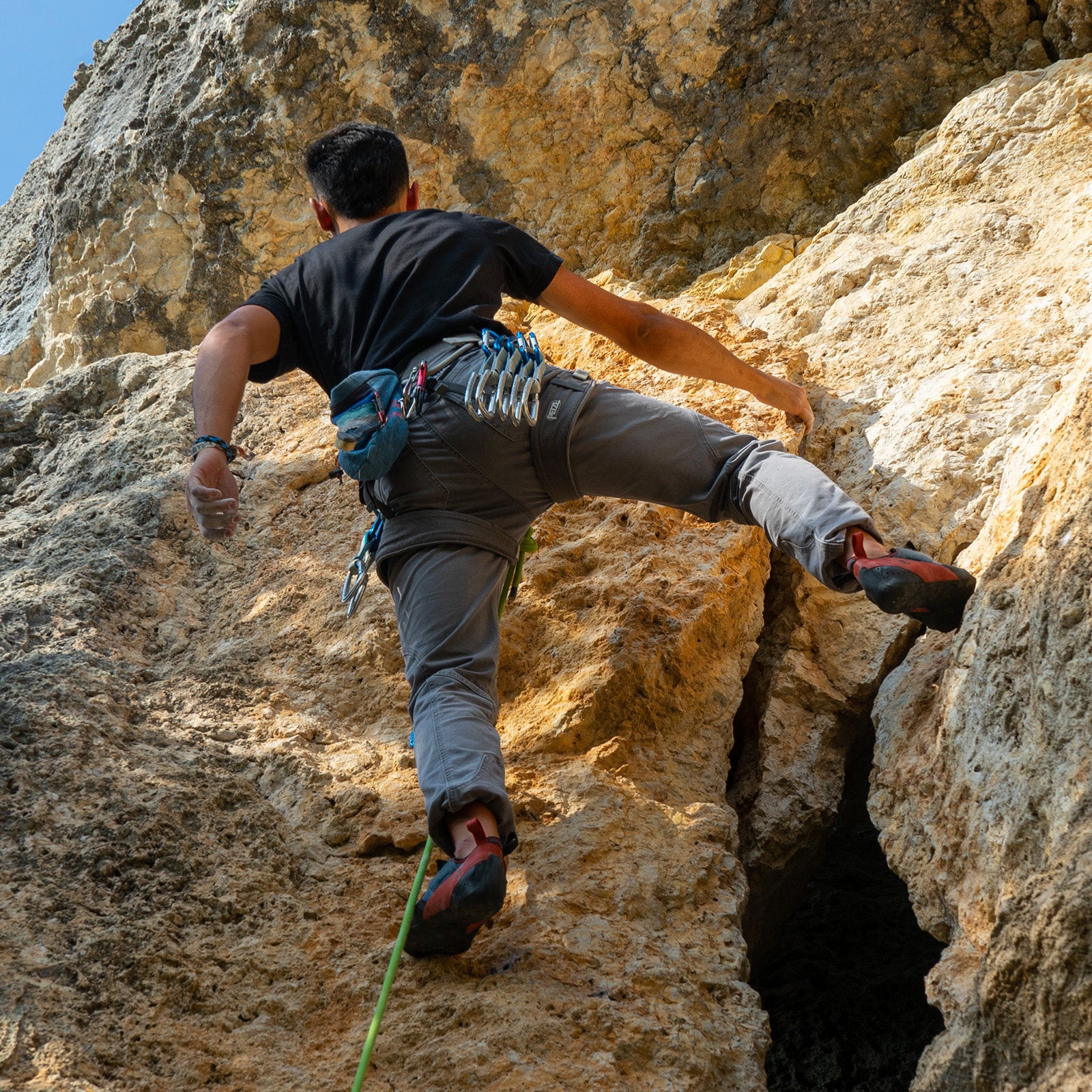

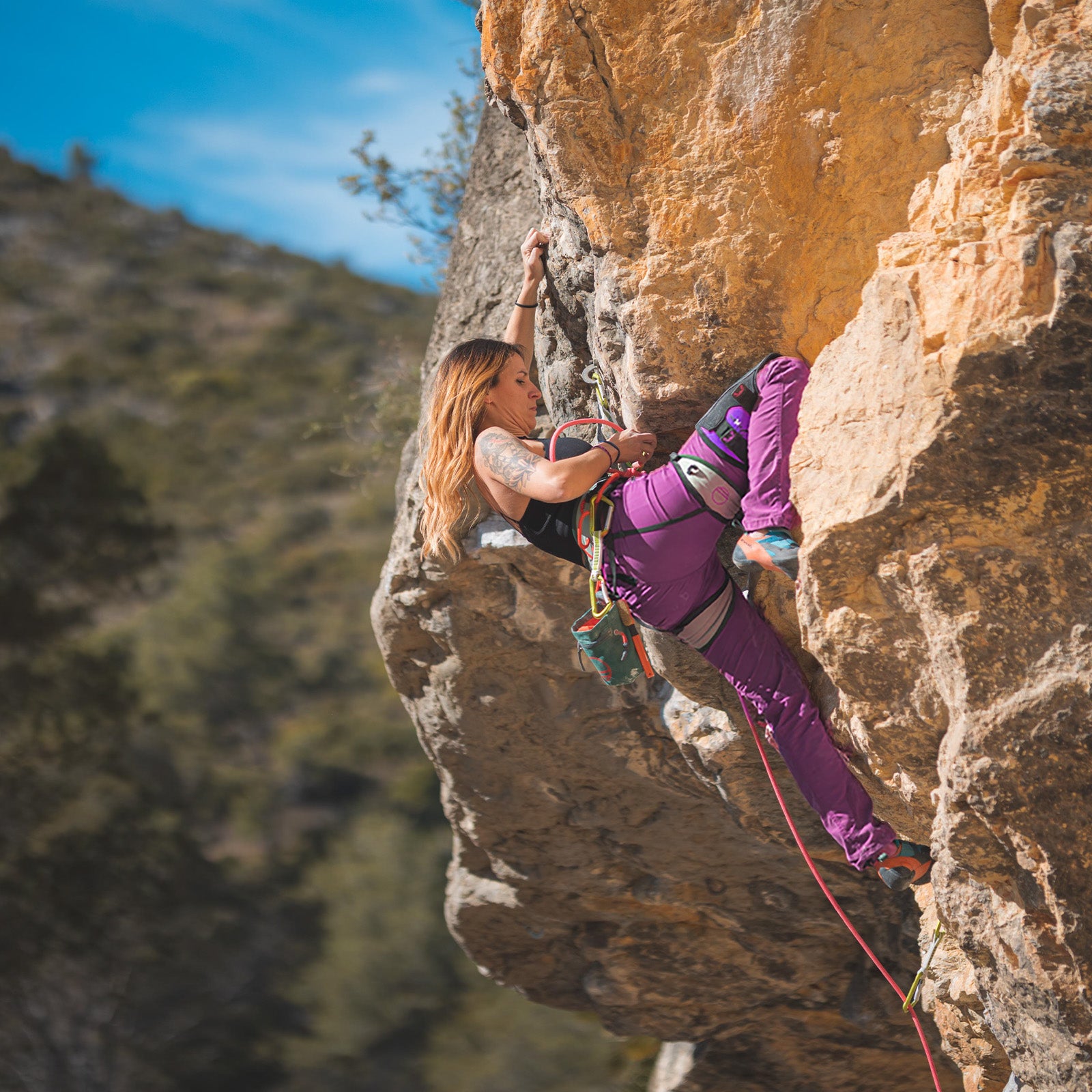
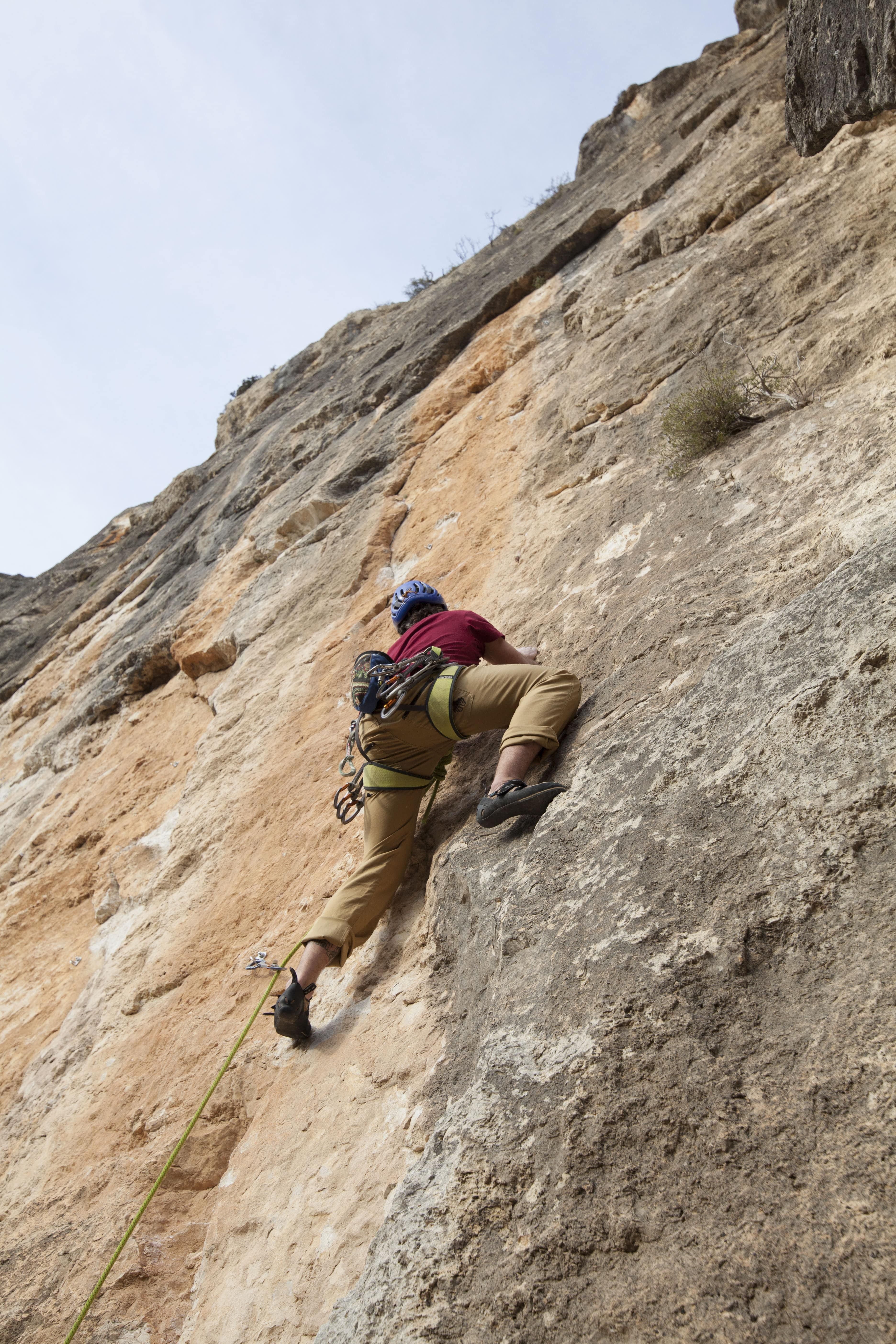


Leave a comment
This site is protected by hCaptcha and the hCaptcha Privacy Policy and Terms of Service apply.